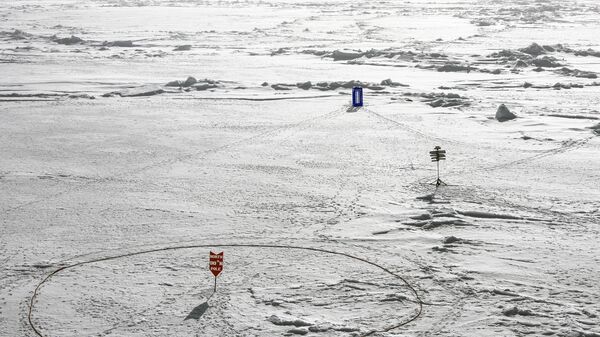Earth's magnetic north pole — the north that your compass points toward — is leaving the Canadian Arctic and moving towards Russia's snowy Siberia at a rate of more than 55 kilometres (34 miles) per year, according to an update by the US National Oceanic and Atmospheric Administration and the British Geological Survey.
In general, the World Magnetic Model (WMM) is updated at five-year intervals to ensure modern navigation keeps up with the changes in the Earth’s magnetic field.
READ MORE: Scientists: Earth's Magnetic Field Gets Weaker Every Now and Then
However, the latest update came nearly a year ahead of schedule because of the pole's faster movement, something that was confirmed by University of Colorado geophysicist Arnaud Chulliat, lead author of the newly-issued WMM.
According to him, the current movement of the magnetic north pole "is pretty fast".
Earlier, the Nature journal cited Phil Livermore, a geomagnetist at the UK-based University of Leeds, as saying that the location of the magnetic north pole may be "governed by two large-scale patches of magnetic field" which are located beneath Canada and Siberia.
READ MORE: Apocalypse Now: Scientists Predict the Earth is About to Swap Magnetic Poles
"The Siberian patch is winning the competition", he pointed out.
The magnetic field is generated by a molten core of iron, nickel and other metals deep inside the Earth, resulting in huge electrical currents to produce a gigantic field.

